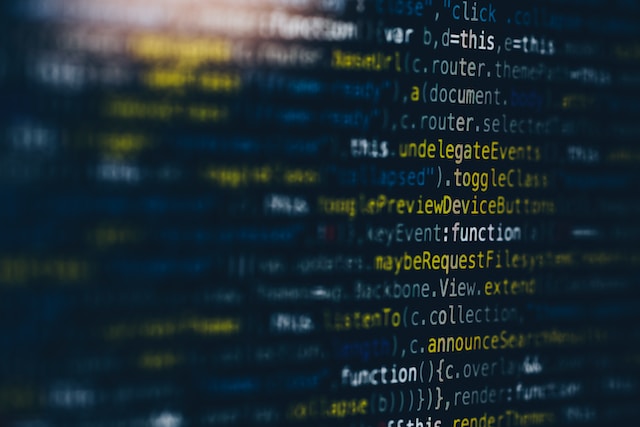Quantum Computing 101: What Developers Should Know Today

Quantum computing is a rapidly evolving field that has the potential to revolutionize the way we process information and solve complex problems. Unlike classical computers, which use bits to represent information as either 0 or 1, quantum computers use qubits that can exist in a superposition of both states simultaneously. This unique property allows quantum computers to perform certain calculations exponentially faster than classical computers. As a developer, understanding the basics of quantum computing can help you stay ahead of the curve and potentially contribute to the development of new quantum-powered applications and algorithms.
- The Basics of Quantum Computing
a. Qubits: The fundamental building block of a quantum computer is the qubit. Unlike classical bits, which can only exist in one of two states (0 or 1), qubits can exist in a superposition of both states simultaneously. This property allows quantum computers to perform multiple calculations at once, potentially leading to significant speed improvements over classical computers.
b. Superposition: Superposition is the ability of a qubit to exist in multiple states at the same time. This property is what enables quantum computers to perform multiple calculations simultaneously. However, once a qubit is measured, it collapses into a definite state (0 or 1), losing its superposition.
c. Entanglement Entanglement is a phenomenon in which two or more qubits become correlated in such a way that the state of one qubit is dependent on the state of another, regardless of the distance between them. This property can be used to create more complex quantum algorithms and can lead to even greater computational power.
- Quantum Algorithms and Applications
a. Grover’s Algorithm Grover’s Algorithm is a quantum algorithm that can be used to search an unsorted database in a time that is proportional to the square root of the database size. This is a significant improvement over classical search algorithms, which have a time complexity proportional to the size of the database.
b. Shor’s Algorithm Shor’s Algorithm is a quantum algorithm that can be used to efficiently factor large integers, a problem that is believed to be intractable for classical computers. This algorithm has important implications for cryptography, as many widely used encryption schemes rely on the difficulty of factoring large integers.
c. Quantum Machine Learning Quantum machine learning is an emerging field that aims to leverage the power of quantum computing to improve machine learning algorithms. Quantum computers can potentially perform certain linear algebra operations exponentially faster than classical computers, which could lead to significant improvements in machine learning performance.
- Quantum Hardware
a. Superconducting Quantum Circuits Superconducting quantum circuits are a popular approach to building quantum computers. These circuits use superconducting materials to create qubits that can be manipulated using microwave pulses. Some of the leading companies in this field include IBM, Google, and Rigetti.
b. Trapped Ion Quantum Computers Trapped ion quantum computers use ions as qubits and manipulate them using laser pulses. This approach has demonstrated some of the highest qubit coherence times and gate fidelities among current quantum computing technologies. Companies working on trapped ion quantum computers include IonQ and Honeywell.
c. Topological Quantum Computers Topological quantum computers are a promising approach to building fault-tolerant quantum computers. These computers use the topological properties of certain materials to create qubits that are less susceptible to errors. However, this technology is still in its early stages, and no practical topological quantum computers have been built yet.
- Quantum Software Development
a. Quantum Programming Languages Quantum programming languages are used to write algorithms and programs for quantum computers. Some of the most popular quantum programming languages include Q# (Microsoft), Qiskit (IBM), and Cirq (Google). These languages provide developers with tools to write, simulate, and execute quantum programs on both real and simulated quantum hardware.
b. Quantum Simulators Quantum simulators are software tools that allow developers to simulate the behavior of quantum systems on classical computers. These simulators can be used to test and optimize quantum algorithms before running them on actual quantum hardware. Some popular quantum simulators include ProjectQ and Qibo.
c. Quantum Integration Quantum integration involves incorporating quantum computing capabilities into existing software systems and applications. This can be achieved by providing APIs and SDKs that allow developers to access quantum hardware and software resources from within their own applications. Companies like Amazon and Microsoft have already begun offering quantum computing services through their cloud platforms.
Conclusion Quantum computing is a rapidly growing field with the potential to revolutionize the way we process information and solve complex problems. As a developer, understanding the basics of quantum computing can help you stay ahead of the curve and potentially contribute to the development of new quantum-powered applications and algorithms. By familiarizing yourself with the key concepts, algorithms, and hardware technologies, you can position yourself to take advantage of the exciting opportunities that quantum computing has to offer.




